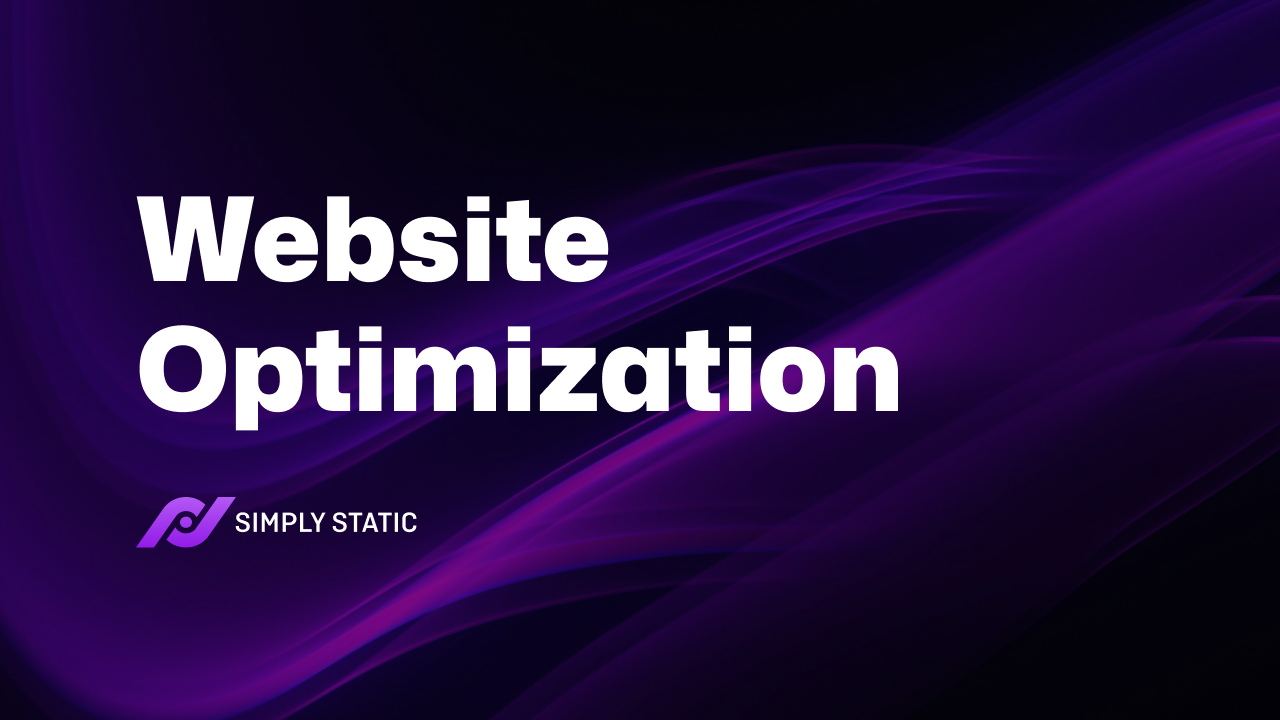Do you want to learn the benefits of website optimization and understand why it is so important to optimize your website? This article has got you covered.
Understanding website optimization is crucial for anyone involved in creating and managing a website. So whether you’re a business owner, web developer, marketing professional, or content creator, you’ll find this article useful.
Let’s break down what we’ll be covering:
- Why website optimization is so important.
- 10 benefits of website optimization.
- How to optimize your website.
Straightaway, let’s jump into why website optimization is so important.
Run fast, secure, and maintenance-free WordPress with Static Studio.
Why is website optimization so important?
Before we get to why website optimization is important, let’s first address what it is. Website optimization is the process of improving your website’s performance across various aspects. This includes website speed, SEO, user experience, security, etc.
Although it might look different for different websites, the primary goal of website optimization is to create a smooth experience for your target audience. From when they land on your website to when they leave it. After all, users will determine whether your website is successful or not.
There are many ways to optimize your website. At the same time, there are so many benefits of website optimization. So, let’s go over these benefits in the next section.
10 benefits of website optimization
If you’re still on the fence about spending your time and energy optimizing your website, here are 10 reasons to do it.
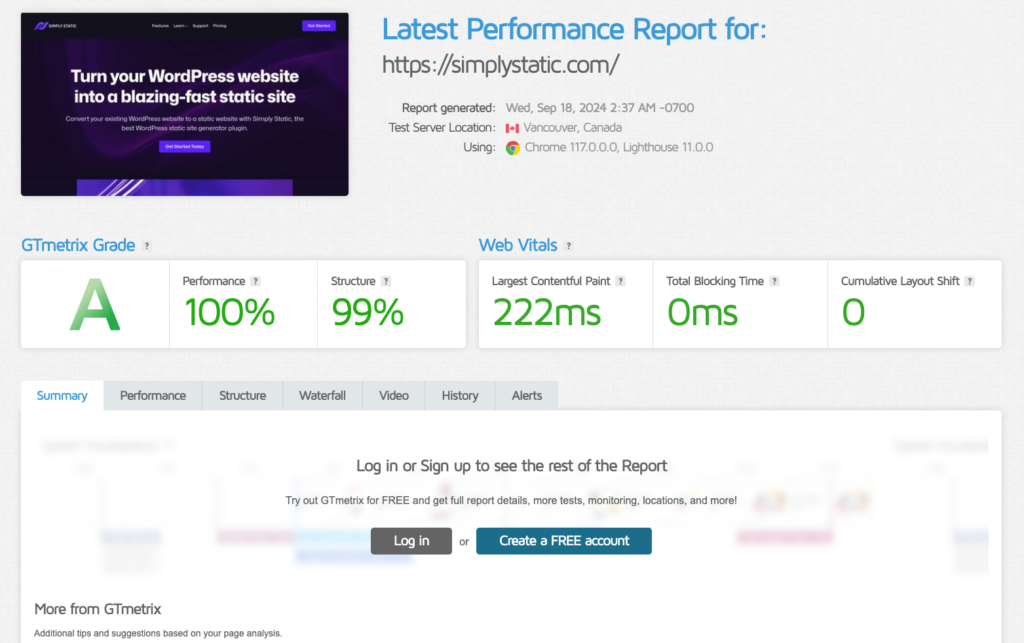
1. Improved loading speed
One of the key aspects you would optimize your website for is the page loading speed. But, what exactly is page loading speed? The short answer is that it is how fast your web pages load, but, by now, you know that it’s more than that.
Page speed refers to how long it takes for:
- The page to begin loading.
- The user to see the first element of a page (an image, for example).
- Your site to respond to a user’s input, say a button click.
- The site to fully load the content of a page.
Website loading speed is the foundation of all your website optimization efforts. This is because it affects all the other aspects of website optimization, such as SEO, user experience, bounce and conversion rates, etc., as we’ll see throughout this guide.
A well-optimized website loads fast, leading to a better user experience, a higher search engine ranking, and more conversions.
It plays a key role in retaining your site visitors, as users expect a website’s load time to be under 3 seconds.
Fortunately, there are so many ways to go about optimizing your website for speed. If you’ve set up a WordPress website, be sure to go through our How to Speed Up WordPress guide.
2. Enhanced user experience
We optimize our websites mainly because we want users to have a better experience interacting with them.
You can measure the success of your optimization efforts by looking at:
- How many website visitors do you get?
- How long do they spend on your website?
- How often do they convert, for instance, by signing up for a newsletter or purchasing a product?
User experience is crucial for the success of any type of website, especially an ecommerce website. According to a study by Kinsta, 70% of online shoppers abandon their carts if they have a substandard experience.
This statistic also reveals the standard of user experience users expect when they visit your website. As users keep interacting with more websites, this standard goes up. Thankfully, optimizing your website will help you meet and surpass these standards.
How website optimization enhances user experience
A well-optimized website ensures users can quickly access your web pages and their content. They don’t have to sit around in frustration waiting for your website’s content to load.
Also, web optimization improves your site’s usability, making it easier for them to do what they set out to do on your website. Whether they want to learn more about your product, compare variations, or complete a purchase, a well-optimized site ensures they have a great experience doing this.
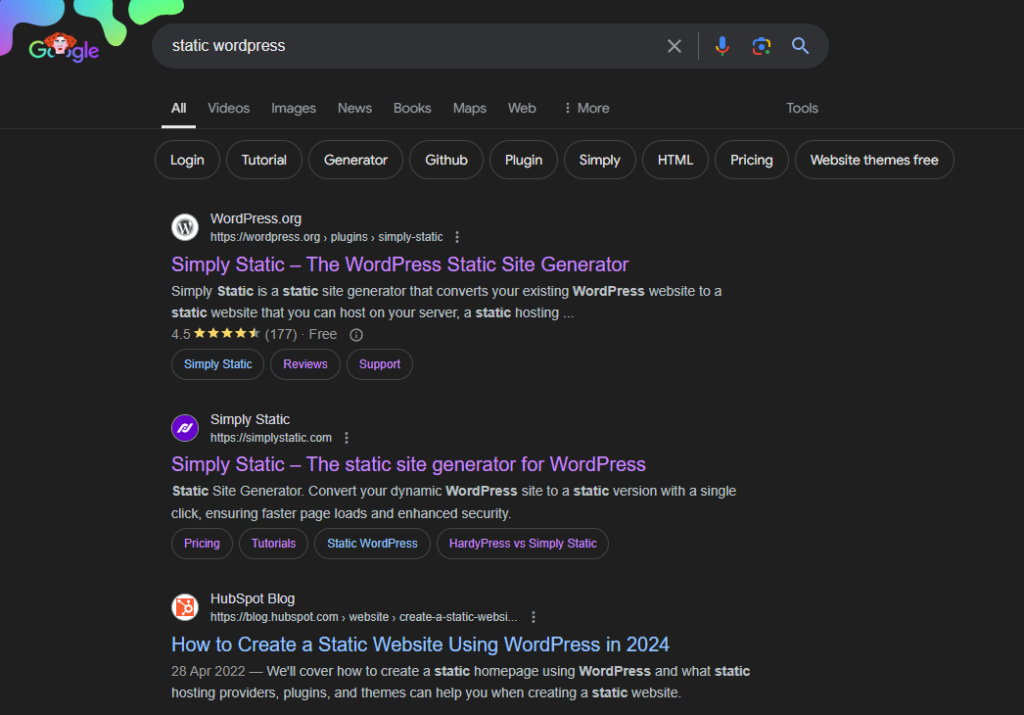
3. Increased search engine rankings
If you successfully optimize your website, search engines like Google will prioritize it. Your website will have a higher search engine ranking and appear high in the search engine result pages (SERPs).
Search engine optimization (SEO) isn’t just about relevant keyword research, meta titles, headings, etc. What you do to improve your site’s page loading speed and user experience will also improve SEO since user experience and website speed are SEO ranking factors.
When your website appears high in SERPs:
You’ll get more organic traffic
SEO has been proven to be a pretty effective marketing strategy. Studies show that it drives 1000% + more traffic than other digital marketing strategies, such as social media.
Higher search engine rankings mean site visitors can easily find your website via organic search. You can save what you would otherwise spend on paid advertisements to bring in users. It also improves brand awareness as more users can find your business.
Your site’s credibility will also go up
Users usually trust websites at the top of their organic search results. If Google recommends it, they’re more likely to trust it.
The best thing about SEO is that you don’t have to optimize your site to rival big brands like Amazon. You can optimize it for local search and go against other businesses in your region where you have a better chance of outranking them.
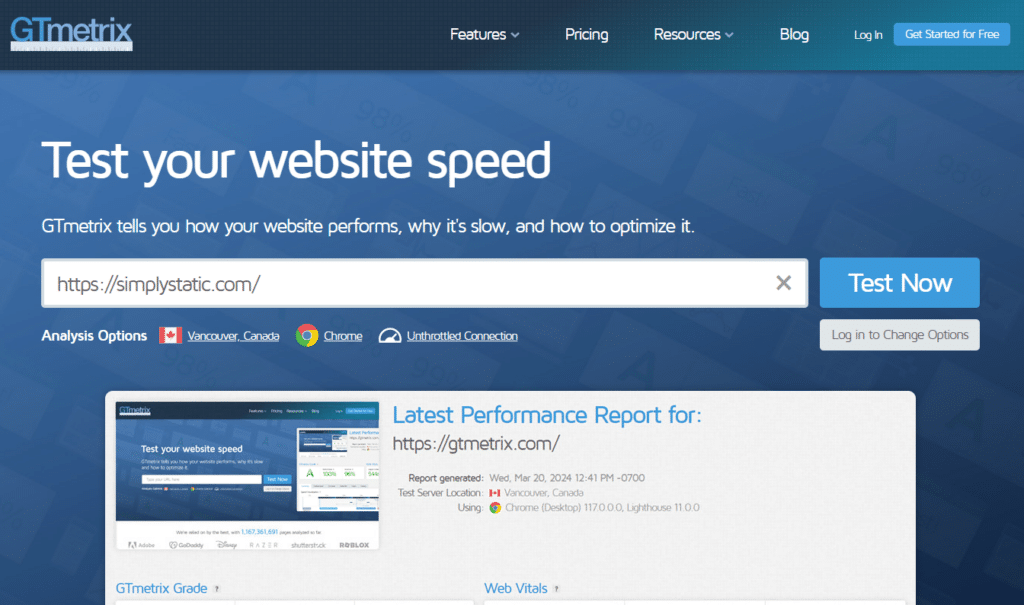
4. Higher conversion rates
Successfully optimizing your website can also get more visitors to convert. This means turning them into regular users, subscribers to your newsletters, or paying customers.
The conversion rate is an important metric to keep an eye on in your website. It is a direct measure of its success. Earlier on, we touched on how to measure your website’s success by looking at how many site visitors convert to customers.
Optimizing your website for conversions is generally known as conversion rate optimization (CRO). CRO leads to higher conversions by:
Streamlining user journeys
This includes everything that makes your website user-friendly. From clear call-to-action (CTA) buttons, a compelling landing page, simple and clear navigation and checkout, and easily readable text to mobile responsiveness. As a result, users won’t have any barriers discouraging them from completing a purchase.
Engaging content
This involves creating high-quality content that users would love to engage with. For instance, well-crafted blog posts, product descriptions, and interactive elements such as carousels, sliders, etc.
5. Lower bounce rates
As the conversion rate on your website goes up, the bounce rate goes down. Bounce rate measures the number of visitors that land on your website but leave without purchasing your product, signing up for an email newsletter, etc.
So, what causes a high bounce rate?
- Slow-loading pages. This is the main reason why site visitors bounce, and there is no shortage of studies that prove this. According to research, site visitors are more likely to get impatient and leave a website if it takes longer than 2.5 seconds to load.
- A poor user experience. Resulting from unclear landing pages, poor-quality content, annoying popups, and broken links.
As you can see, the benefits of optimizing your site for speed and user experience trickle down to lower bounce rates. A well-optimized website encourages more of your site’s visitors to convert, which lowers your bounce rate.
Remember that lowering the bounce rate isn’t just about getting users to spend more time on your website. You can still have a low bounce rate when users spend less time on your site, provided they’re completing the desired action (i.e., converting).
6. Better mobile experience
If you successfully optimize your website’s design, it will look and function well, not just on desktops, but on mobile devices as well.
As of 2024, 60.67% of website traffic comes from mobile devices. What’s more, 92.3% of internet users prefer to access the internet using mobile devices compared to other devices.
It goes without saying that responsive design is a big part of website optimizations.
As a result of responsive design, your website will be:
- Fast loading on all devices. Mobile users will experience the same speed as desktop users.
- Easy to navigate on smartphones. Your website will automatically adjust its layout and elements to fit seamlessly on mobile devices. The elements will be well-spaced, making them touch-friendly. Smartphone users won’t have issues clicking on them which makes for a better mobile experience.
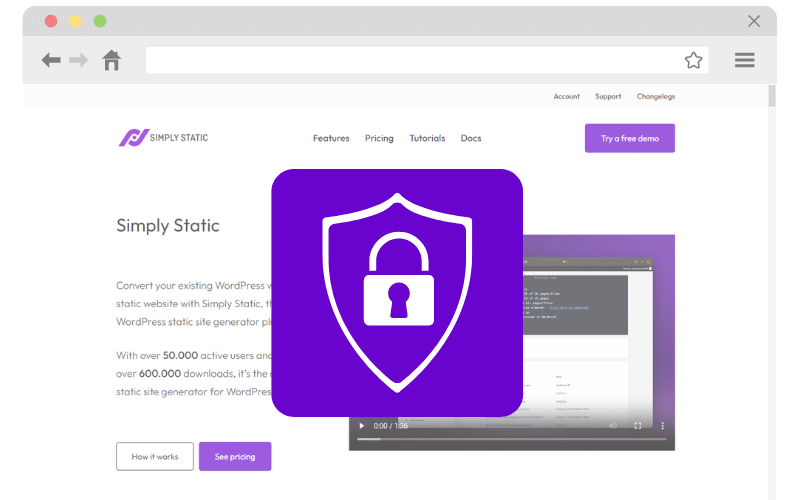
7. Enhanced security
Website optimization strategies often include security improvements such as:
- Updates to patch any vulnerabilities that hackers could exploit.
- Upgrading signup policies (for instance, improving your password policy).
- Upgrading your web app firewall (WAF) to protect users and data better.
- Setting up a new backup and recovery point so you have a later version of your data to fall back on in case you get hacked.
With these optimizations, you can secure your online presence. Users are now more concerned about cybersecurity than ever, seeing as 30,000 websites get attacked daily on average.
With enhanced security, you’ll get more potential customers trusting your business. Imagine a customer who wants to purchase your services finds out that a hacker successfully attacked and leaked customer information from your site. They will likely shy away from doing business with you.
Fortunately, security optimizations ensure this won’t happen.
8. Lower operational costs
You can also lower operation costs if your web optimization strategies focus on reducing the amount of resources your website consumes. By resources, we mean the storage space for your site’s files, bandwidth, servers processing data, etc.
If you have a website that requires a large storage space and more servers to process its data, you’ll obviously have to pay more to your hosting provider.
But, by optimizing your website, you can:
- Compress images to reduce the sizes of the files.
- Minify code so that code files don’t take up too much space.
- Limit unnecessary scripts (for example, removing features you no longer use).
- Make your website static – this reduces server load. We’ll go deeper into how to get this done in the next section.
Because of this, your website will use less bandwidth and server resources. This means you’ll pay your hosting provider less.
9. Better accessibility
Web accessibility is where you, as the site owner, optimize your website so its full functionality is available to people with disabilities. It is a fast-growing practice; in fact, some industries and agencies are required by law to make their websites as accessible as possible. For example, government websites, educational institutions, and healthcare providers.
Businesses that serve the public, for instance, hotels and restaurants are required to comply with accessibility standards under some jurisdictions.
A recent study revealed that lawsuits for websites not meeting accessibility standards have risen by 23%. You can improve accessibility features on your website so that you aren’t at the wrong end of these lawsuits.
For example:
- Adding ALT text to images (which is also great for SEO).
- Ensuring that users can use their keyboards on all interactive elements such as links, buttons, etc.
- Audio options for blog posts, etc.
With these optimizations, your site will be usable for everyone. Also, you’ll cater to more users and expand your audience.
10. Competitive advantage
Lastly, a well-optimized website can give you an edge over your competitors. Today, nearly all businesses (including your competitors) have a website. If yours is optimized to offer a superior performance, it will stand out.
We’ve already seen that users prefer faster and more reliable websites. You’ll be the go-to business for your customers if it performs well. What’s more a consistently good performance from your website will do wonders for your customer retention efforts.
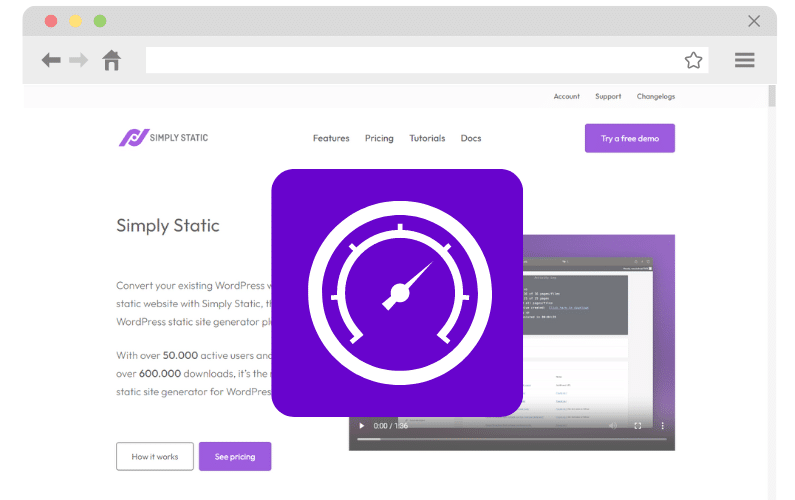
How to optimize your website
Now that we know the benefits, it’s time to actually optimize your website. There are so many ways to do it, so let’s look at a few.
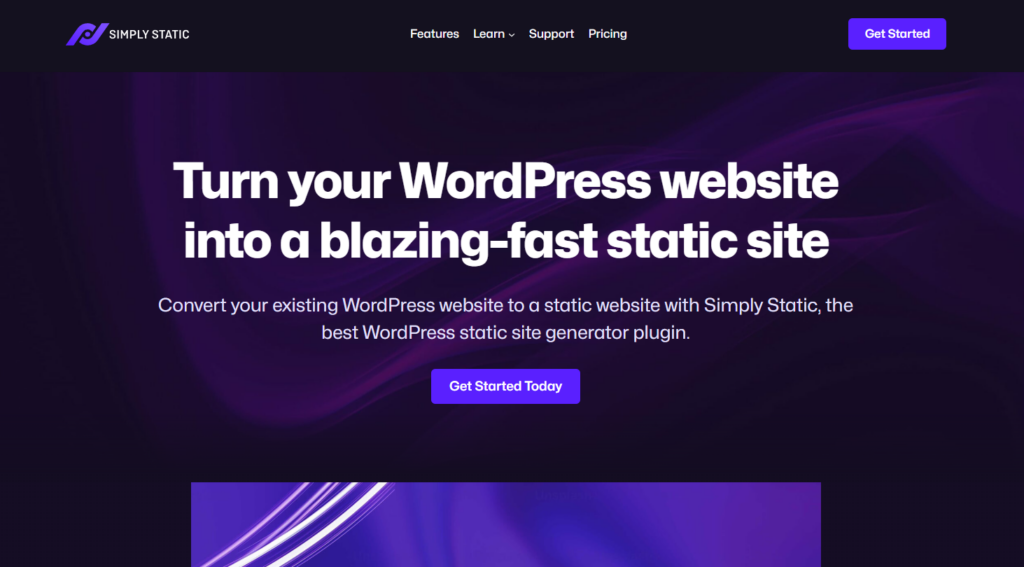
1. Make your website static
One of the surest ways to improve your website’s speed and security is to convert it to a static website. This is a type of website that is prebuilt and stored on a server or CDN, ready to be delivered as soon as a user clicks to view the website.
With static sites, there are no roundtrips to the database to generate the code for your web pages in real-time. This significantly cuts down the page load time for static websites.
Also, since static websites don’t work with a database, hackers will have fewer avenues to attack your website. Your site won’t be prone to database cyberattacks such as SQL injection.
If you want to dive deeper into static websites, have a look at our What is a Static Website? guide.
Convert your WordPress website into a static site with Simply Static
If you have a WordPress website, you can optimize its speed and security by making it static using the Simply Static plugin. With just one click, this static site generator will convert your WordPress site to a static site, allowing you to enjoy better performance and security.
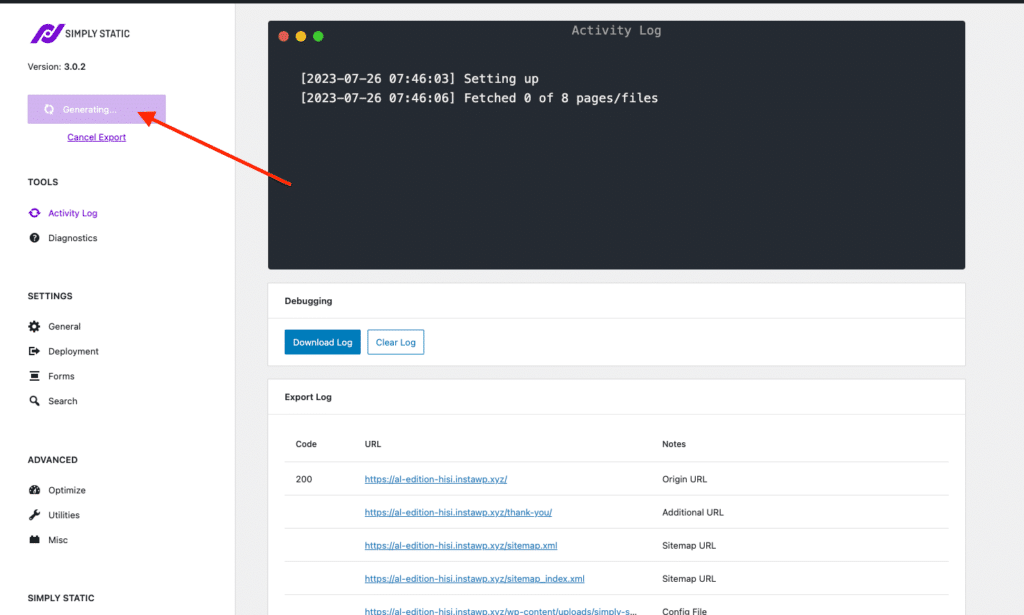
After generating your static site, Simply Static allows you to deploy it anywhere you want, including CDNs, to boost its speed further. The best thing is that you can still use dynamic features like search, forms, and comments on your static website.
You can go over our How to Build a Static Website guide and understand how to do it with Simply Static.
Run fast, secure, and maintenance-free WordPress with Static Studio.
2. Benchmark your site and improve its performance
Before you come up with an optimization strategy, you’ll need to know where your website falls short. General speed test tools like Google PageSpeed Insights, GT Metrix, and Pingdom will help you conduct a performance audit.
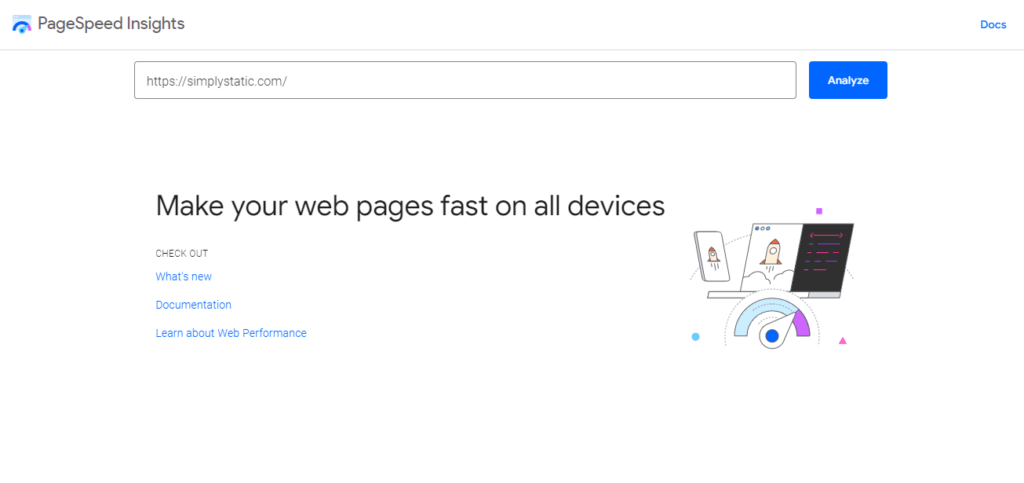
They will report on the areas of your website that need optimizations. Also, you can look into user behavior with specialized tools such as Google Analytics, Hotjar, Crazy Egg, etc.
Then, you can make adjustments to improve your site’s performance through things like caching, A/B testing, etc.
Dive deep into how to optimize your site’s performance in our Website Performance Benchmarks guide. You can also look into these WordPress Performance Tools that help you do this.
3. Optimize your site’s security
We’ve seen how websites are prime targets for hackers. So, you want to make sure you’re implementing security best practices on your site. This includes prioritizing regular updates, implementing strong passwords, putting regular backups in place, etc.
We’ve covered this and so much more in our WordPress Best Security Practices guide. But if you want to take the work out of security optimizations, check out these WordPress Security Plugins.
Get to grips with the benefits of website optimization today
Website optimization is important to anyone involved in creating and managing a website. The benefits of website optimization are far too great and make it worth your time and effort. In this article, we’ve covered 10 of the best benefits to help you make the important choice of optimizing your website.
It might seem like a lot of work, but there are so many tools to help you get it done and enjoy these benefits. You can now be proactive with your website and utilize the guides we’ve shared in this article to assess and optimize it to get the best performance from it.
Run fast, secure, and maintenance-free WordPress with Static Studio.
